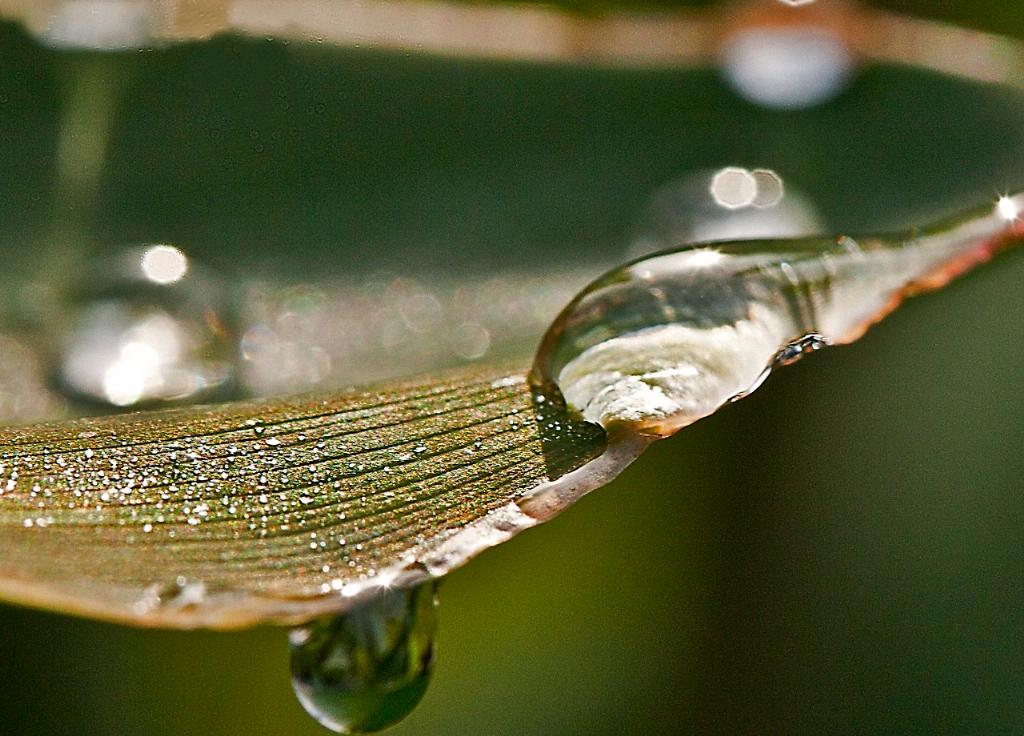Deadheading canna lilies is a crucial practice that every gardener should learn to enhance the growth and blooming of these vibrant and beautiful flowers. Understanding the process of deadheading canna lilies can significantly impact the overall health and longevity of the plants. In this article, we will delve into the intricacies of deadheading canna lilies, from the importance and benefits to the step-by-step guide and post-deadheading care.
Introduction to Deadheading Canna Lilies
Deadheading is the process of removing faded or spent flowers from plants to stimulate new growth and blooming. When it comes to canna lilies, deadheading plays a vital role in encouraging the production of more flowers and maintaining the plant’s overall vigor. By removing old blooms, you redirect the plant’s energy towards producing new flowers, ensuring a continuous and abundant display of colors in your garden.
When it comes specifically to canna lilies, deadheading also prevents the plant from going to seed. Allowing the plant to focus on flower production rather than seed formation can prolong the blooming period and keep the plant looking fresh and vibrant throughout the growing season.
When to Deadhead Canna Lilies
Knowing when to deadhead canna lilies is essential to ensure effective results. The ideal time to deadhead is when the flowers start to fade and wither. Look for signs such as browning petals or drooping blooms to indicate that it is time to remove the spent flowers. Regular deadheading throughout the blooming season can keep your canna lilies looking neat and promote continuous flowering.
Factors such as weather conditions, sunlight exposure, and soil quality can also influence when you should deadhead canna lilies. Pay attention to your plants and adjust your deadheading schedule accordingly to maximize their blooming potential.
Steps to Deadhead Canna Lilies
Before you start deadheading canna lilies, make sure you have the necessary tools, including sharp pruning shears or scissors. To deadhead a canna lily, simply snip off the spent flower just above the first set of healthy leaves or nodes. This encourages new growth while maintaining the plant’s aesthetic appeal.
When deadheading, avoid cutting into the main stem or removing healthy foliage. Take care to make clean cuts to prevent damage to the plant and reduce the risk of infections. By following these steps and regularly deadheading canna lilies, you can promote lush foliage and abundant flowering.
Pruning After Deadheading Canna Lilies
After deadheading your canna lilies, consider pruning to further enhance the plant’s growth and appearance. Pruning involves removing any damaged or diseased foliage, as well as shaping the plant to promote better airflow and sun exposure. By pruning after deadheading, you can maintain the health of your canna lilies and ensure they continue to thrive.
Remember to use clean and sharp tools when pruning to prevent the spread of diseases. Take your time to carefully trim away any unwanted growth and create a well-maintained appearance for your canna lilies. Applying a layer of mulch around the base of the plants can also help retain moisture and suppress weed growth post-deadheading.

Conclusion
Deadheading canna lilies is a simple yet effective practice that can transform the look and health of your garden. By understanding the importance of deadheading, knowing when to deadhead, following the proper steps, and pruning post-deadheading, you can ensure that your canna lilies flourish and provide a stunning display of colors throughout the growing season. Incorporate deadheading into your gardening routine and watch your canna lilies thrive like never before!
